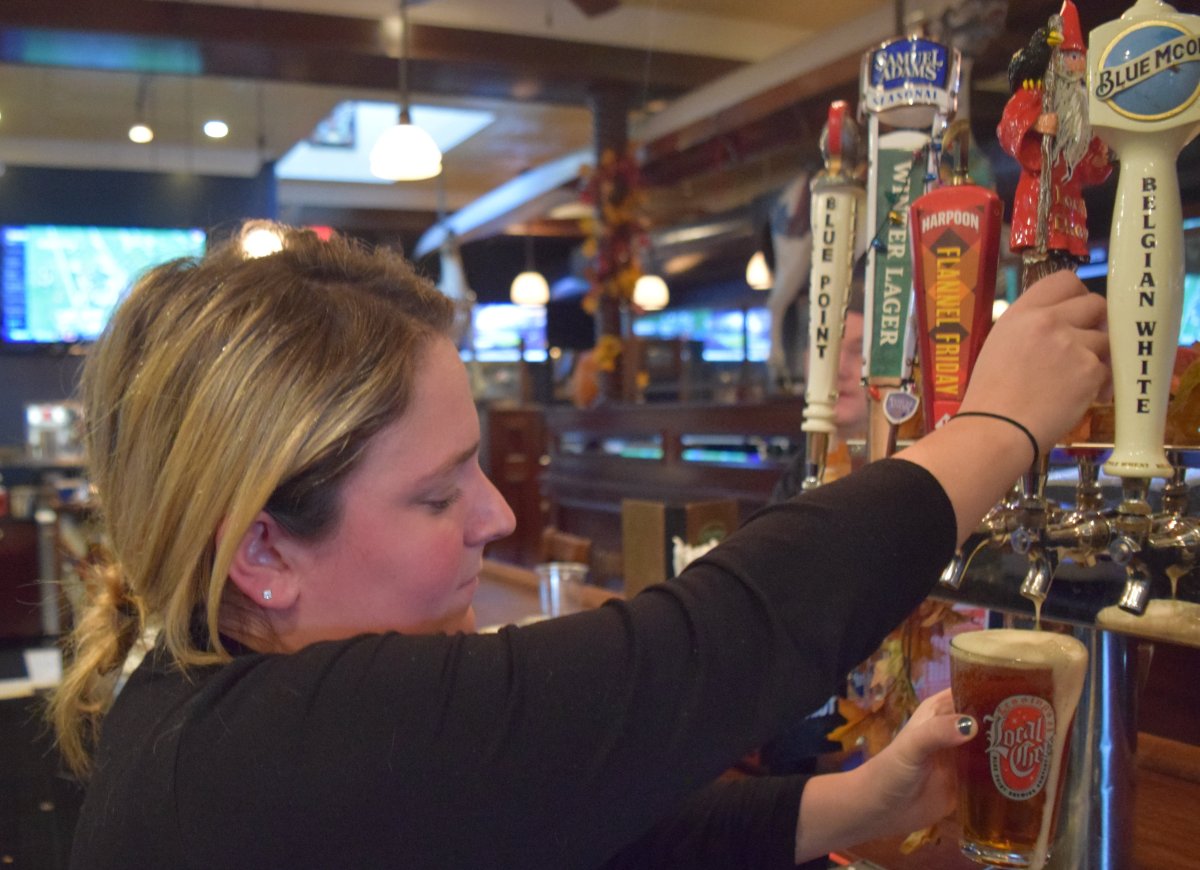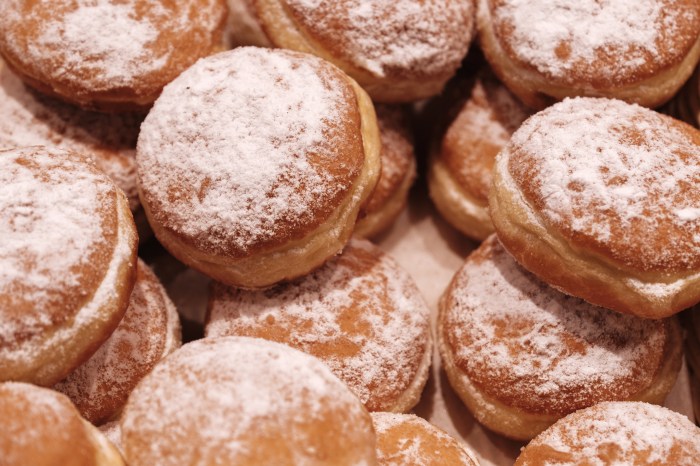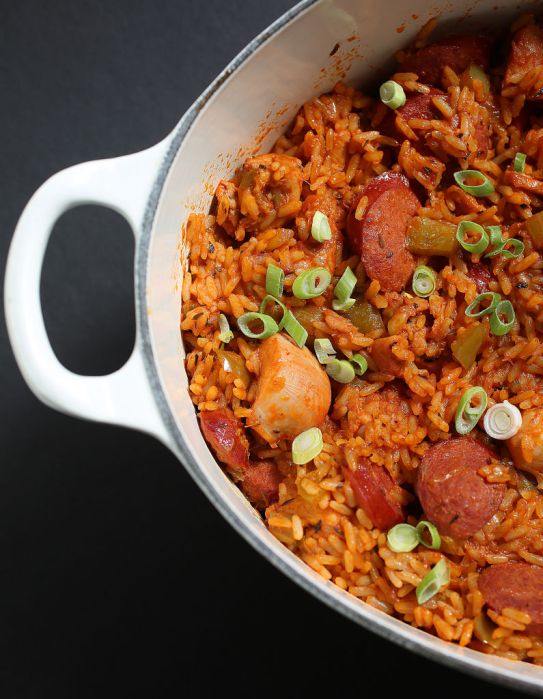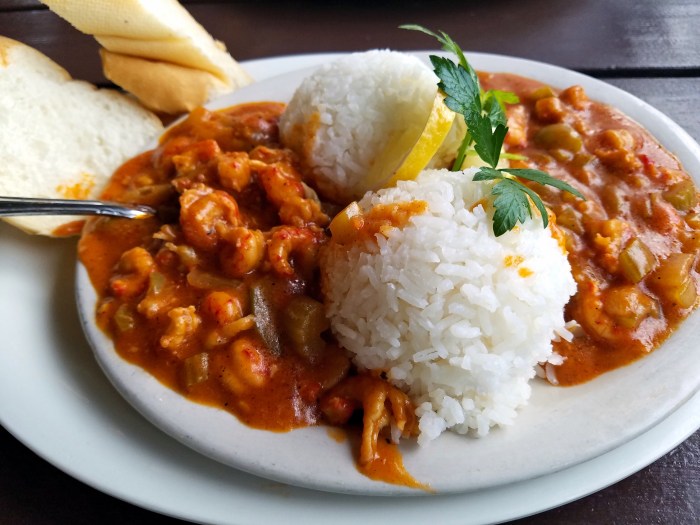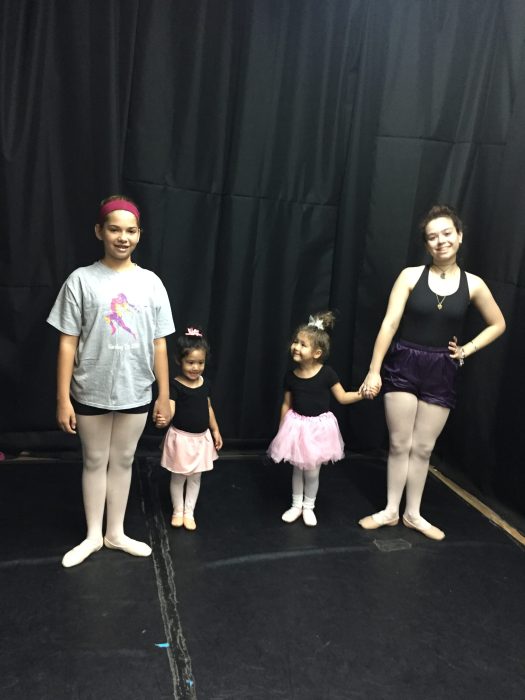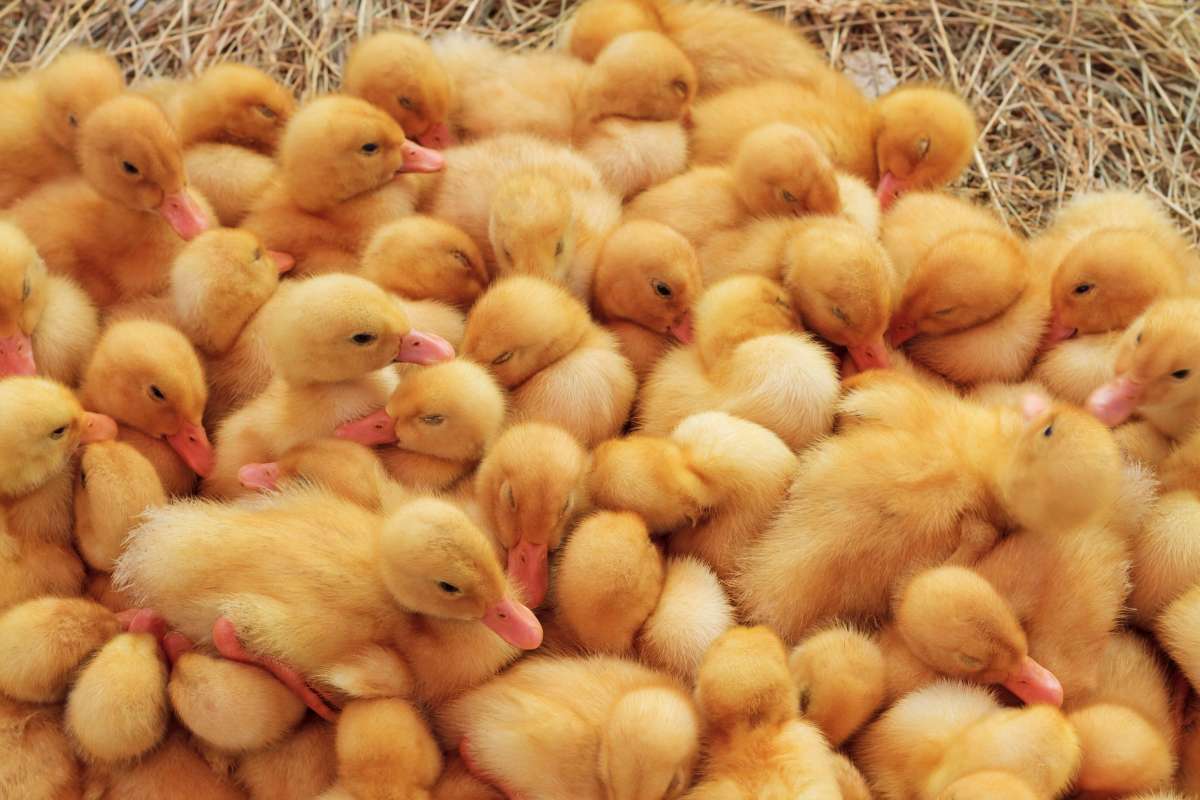As cold weather approaches Long Island, beer lovers reach for hearty winter ales to keep the chill at bay. Often known as Winter Warmers, this beer style has its roots in the centuries-old British tradition of brewing robust, high-alcohol beers enjoyed in snow season. Such beers were often aged in barrels like wine, and became known as “Barley Wine.”
Other full-bodied ales called “Old Ales” took on a fruity or chocolaty flavor from roasted malts, floral hops and higher alcohol levels. Classic examples include Samu- el Smith’s Winter Welcome Ale, Young’s Old Nick and Theakston’s Old Peculier Ale. Long Islanders in search of winter ales need not look far, with many local craft breweries featuring winter beers.
“Winter ales typically were amber or brown ales and didn’t have added spices, although some beers called wassail ales used spices similar to mulled wine,” says Peter Tripp, owner of Homebrews and Handgrenades Supply Shop in Baldwin.
American microbreweries began experimenting with winter ales after Anchor Brewing in San Francis- co, brewers of the famous Anchor Steam, made their first Anchor Christmas Ale in 1975. The recipe changes annually but one constant is rich maltiness and spices such as nutmeg, cinnamon and allspice. Samuel Adams popularized the use of spices and paid tribute to the British tradition with the ’95 introduction of Old Fezziwig Ale, a brown ale brewed with cinnamon, ginger and orange peel.
Blue Point Brewing’s Winter Ale was one of the first seasonal beers introduced after the brewery was founded in ‘98. The amber ale uses crystal and chocolate malts to add a robust flavor and weighs in at a warming 7.7 percent alcohol by volume (ABV).
Long Ireland Beer Company brews its Winter Ale with five different malts, including Honey Malts and Cararuby for a deep ruby-red color, and uses ginger, allspice and cinnamon for a spicy finish.
Great South Bay Brewery started brewing its Sleigh Ryed Winter Ale soon after the brewery was founded in ‘10.
“We wanted to brew a winter ale right from the beginning and Sleigh Ryed is one of our most unique offerings,” says Head Brewer Greg Maisch.
Maisch got his inspiration from German rye beers, known as Roggenbiers, which use rye malt to give the beer a pronounced spiciness. His recipe uses 28 percent malted rye, roasted barley malt to produce a deep amber color, and juniper berries for a piney finish.
“We mash up whole juniper berries in a food processor and add them into the boil, along with Cascade and Chinook hops for bittering but not overpowering hoppiness,” he says. “Sleigh Ryed is strong at 6.6 percent ABV but has the right balance of malt and spices.”
New local craft breweries also have the seasonal spirit. Head brewer Wayne Milford of BrewSA Brewing, which opened on the Nautical Mile this spring, will brew a winter ale that’s expected to be on tap at his tasting room in December.
Joe Curley, founder and brewer of Tweaking Frog Brewing Company, will brew his debut Winter Warmer on a new 10-barrel system that they share with Jamesport Farm Brewery.
“We’re going to use Golden Promises and Hudson Valley pale ale malt as a base with crystal malts and roasted malts for coloring,” says Curley, noting the name will be chosen from suggestions in a contest held at the Long Island Fresh Hop Festival. “We’re aiming for 7.5 percent ABV and the beer will have a unique estery aroma from the blend of two Belgian yeasts.”
Local homebrewers also brew strong ales to combat the chills. Tripp said that Homebrews and Handgrenades sells ingredients for a variety of winter ales ranging from amber and brown ales to porters and stouts. Dan Concepcion, owner of Brew and Beyond homebrew shop, says he sees customers brewing beers that are higher in ABV that are meant to be sipped slowly.
“To me nothing gives that holiday feel like a nice warming brew with notes of cinnamon and nutmeg,” he says.



